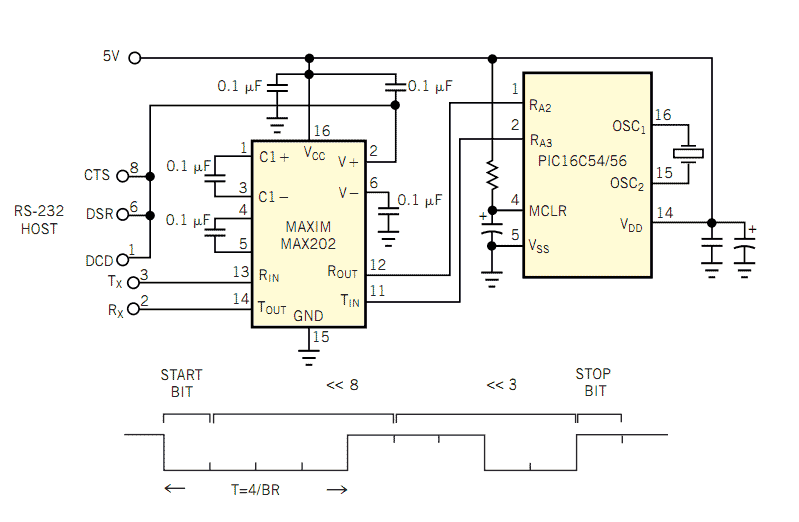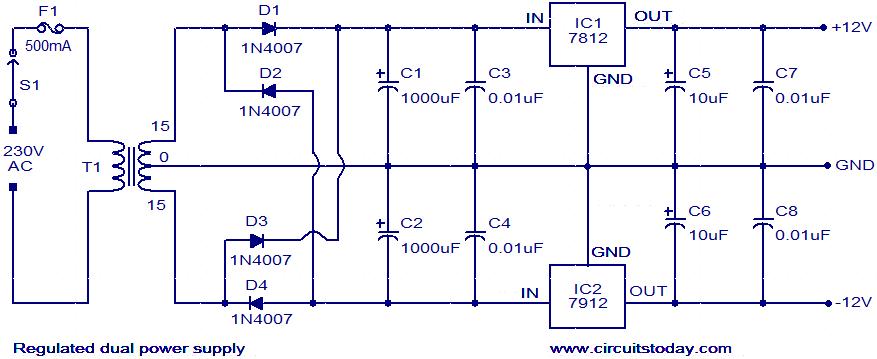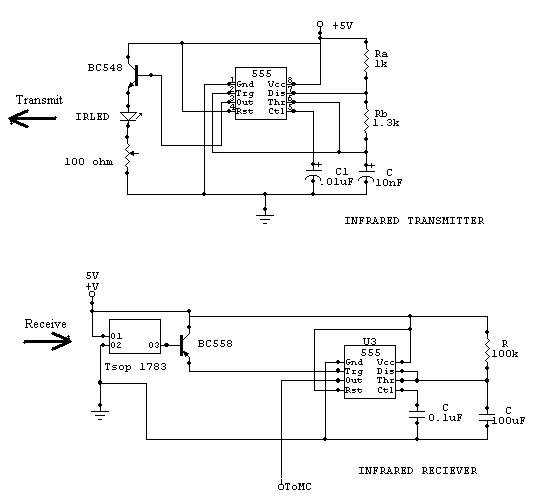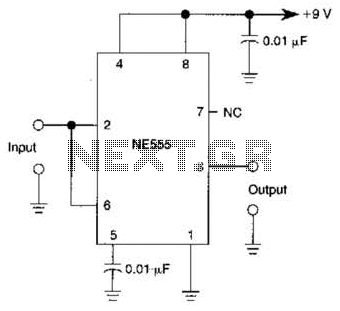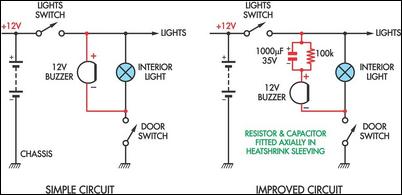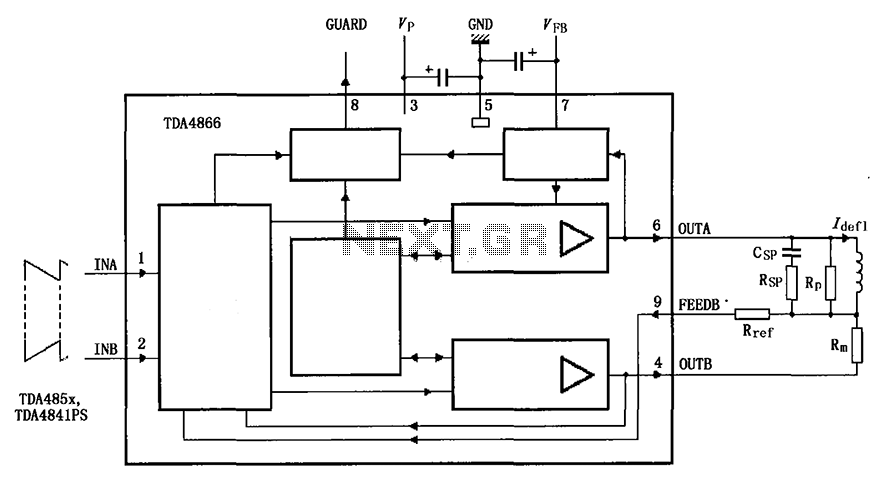
Simple and practical circuit diagram of an elevator failure alarm
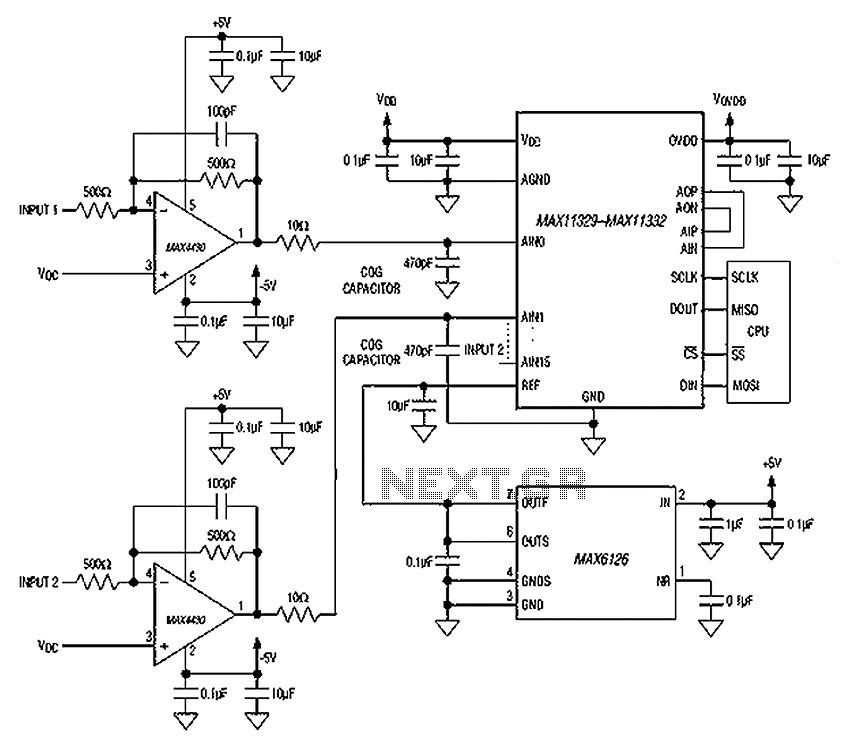
In the event of a sudden power failure in an elevator, it is crucial for the duty officer in the distribution room to be alerted promptly to prevent panic among passengers trapped inside. The following describes a sound alarm circuit designed for this purpose. When there is a power failure in the elevator, the circuit emits an audible alarm signal. The operation of the circuit is as follows: it is powered by a 6V battery. Upon detecting an AC power failure, the circuit activates the alarm, which can be set to sound for a predetermined duration. After the alarm duration, the sound ceases, allowing the duty officer to respond to the fault. Once the issue is resolved and power is restored, the circuit disconnects, and the battery begins to recharge. The charging process is facilitated by a step-down transformer (X1) that converts 230V AC to a lower voltage. The output is rectified by diodes (D1, D2) and regulated by an IC (LM7806) to ensure proper charging of the battery through a diode (D5) and the normally closed contact (N/C) of relay (RL1). During charging, transistor (T1) is activated through diode (D4), which turns off transistor (T2), preventing current flow through relay (RL1) and maintaining the charging state. The maximum charging voltage is limited to 6V minus the voltage drop across diode (D5). In the event of an AC power failure, transistor (T1) switches off, turning on transistor (T2) and activating the relay, which opens the normally closed contact and connects the battery to the circuit. Simultaneously, timer IC2 and IC3 are powered through the relay's normally open contact (N/O). Timer IC3 (NE555) generates a 1 kHz output pulse that resets timer IC2 (NE555), which operates in a pulsed mode. The output signal from IC2 is amplified by audio amplifier IC5 to drive a speaker, producing an alarm sound to indicate the AC power failure.
The sound alarm circuit is a critical safety feature in elevator systems, designed to provide immediate notification of power outages that could leave passengers stranded. The circuit employs a combination of timers, transistors, and relays to ensure that the alarm is activated promptly and operates effectively. The use of a 6V battery ensures that the system remains functional even during a power outage, while the charging circuit guarantees that the battery is replenished when power is restored. The integration of the NE555 timer ICs allows for precise control over the alarm duration and frequency, ensuring that the alarm is both audible and effective in alerting the duty officer. The design emphasizes reliability and safety, making it an essential component of modern elevator systems. As we all know, if the elevator power suddenly fails, the distance distribution room duty officer is not immediately found, this time, the crew was on the elevator might panic. Here are a sound alarm circuit, as shown below, as long as the elevator of a power failure, the elevator distribution room will issue a sound alarm signal. The circuit works as follows: a circuit powered by a 6V battery, AC power once the elevator failure, the circuit that is audible alarm, the alarm time can be set in advance.
Alarm to a certain time, the end of the alarm sound, the duty officer to find fault immediately. Once troubleshooting, power restoration work, reported glanced circuit is cut off, while the battery will power the AC voltage charging. On 230V AC power by the step-down transformer X1 battery charging diodes D1, D2 rectified after Manifold IC4 (LM7806) regulator, the battery via a diode D5 and RLI relay normally closed contact (N/C) for charging.
When the battery is charging, transistor T1 through the diode D4 is turned, causing the tube T2 is turned off, no current flows through the relay RL1 because without work, the result has been in a state of charge of the battery. The maximum value of the charging voltage of 6V plus D5 pressure drop. Once an AC power failure (eg open circuit), the transistor T1 off, T2 is turned on, the relay pull a job, the normally closed (N/C) contact opens make contact (N/0) is turned on, the rechargeable battery loop is cut off.
At the same time, the timer IC2 and IC3 through the relay RLI closed contact (N/0) with battery-on operation. Timer IC3 (NE555) (3) feet of the output pulse signal 1KH2 deactivated IC2 (NE555) reset terminal (4) feet, IC2 works in pulsed mode, (3) an output signal pin of IC2 via the audio amplifier IC5 amplification, push speaker sound an alarm, indicating that the AC broke down.
The sound alarm circuit is a critical safety feature in elevator systems, designed to provide immediate notification of power outages that could leave passengers stranded. The circuit employs a combination of timers, transistors, and relays to ensure that the alarm is activated promptly and operates effectively. The use of a 6V battery ensures that the system remains functional even during a power outage, while the charging circuit guarantees that the battery is replenished when power is restored. The integration of the NE555 timer ICs allows for precise control over the alarm duration and frequency, ensuring that the alarm is both audible and effective in alerting the duty officer. The design emphasizes reliability and safety, making it an essential component of modern elevator systems. As we all know, if the elevator power suddenly fails, the distance distribution room duty officer is not immediately found, this time, the crew was on the elevator might panic. Here are a sound alarm circuit, as shown below, as long as the elevator of a power failure, the elevator distribution room will issue a sound alarm signal. The circuit works as follows: a circuit powered by a 6V battery, AC power once the elevator failure, the circuit that is audible alarm, the alarm time can be set in advance.
Alarm to a certain time, the end of the alarm sound, the duty officer to find fault immediately. Once troubleshooting, power restoration work, reported glanced circuit is cut off, while the battery will power the AC voltage charging. On 230V AC power by the step-down transformer X1 battery charging diodes D1, D2 rectified after Manifold IC4 (LM7806) regulator, the battery via a diode D5 and RLI relay normally closed contact (N/C) for charging.
When the battery is charging, transistor T1 through the diode D4 is turned, causing the tube T2 is turned off, no current flows through the relay RL1 because without work, the result has been in a state of charge of the battery. The maximum value of the charging voltage of 6V plus D5 pressure drop. Once an AC power failure (eg open circuit), the transistor T1 off, T2 is turned on, the relay pull a job, the normally closed (N/C) contact opens make contact (N/0) is turned on, the rechargeable battery loop is cut off.
At the same time, the timer IC2 and IC3 through the relay RLI closed contact (N/0) with battery-on operation. Timer IC3 (NE555) (3) feet of the output pulse signal 1KH2 deactivated IC2 (NE555) reset terminal (4) feet, IC2 works in pulsed mode, (3) an output signal pin of IC2 via the audio amplifier IC5 amplification, push speaker sound an alarm, indicating that the AC broke down.
